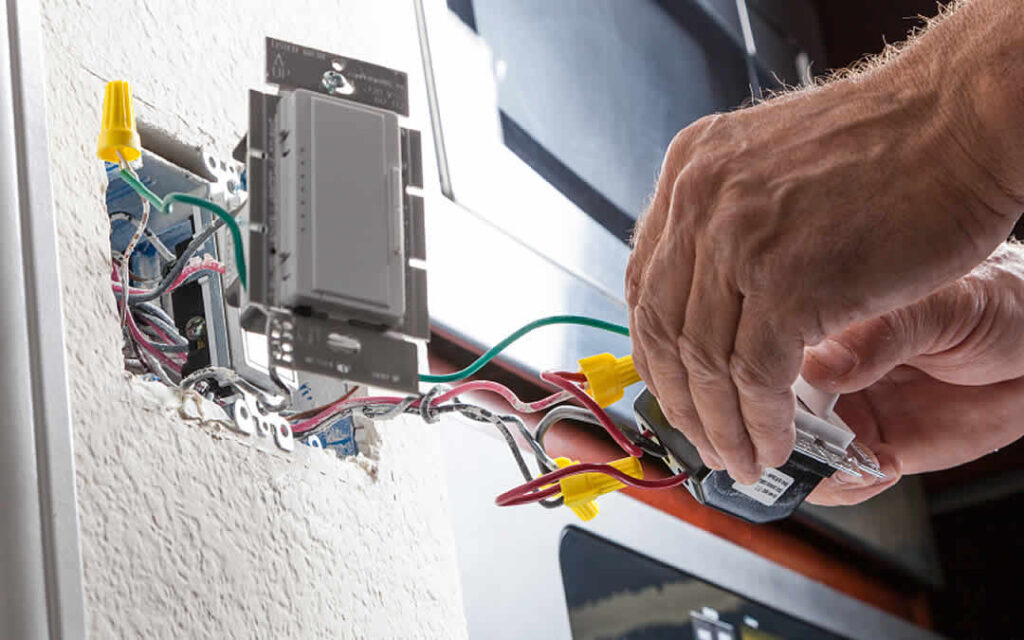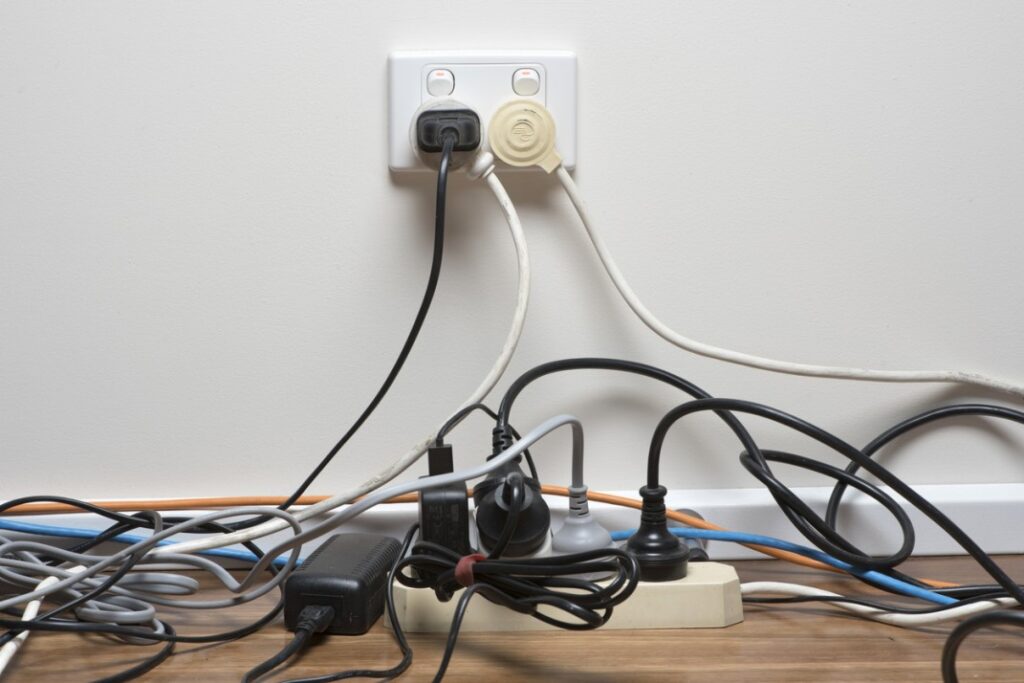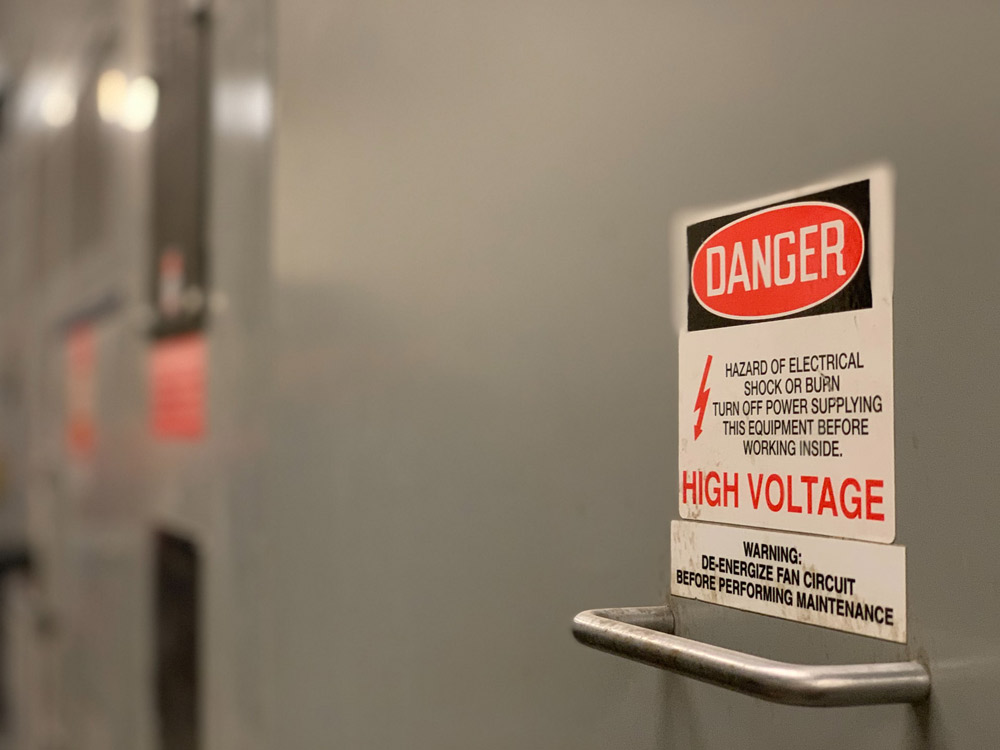When it comes to electrical items, we often take them for granted. We plug them in without a second thought and expect them to work properly. However, electrical items can be dangerous if they are not used or maintained properly. In this blog post, we will explore how to check if your electrical items are dangerous. We will cover topics such as visual signs of damage, common causes of electrical fires, and what to do if you have a damaged item. By the end of this post, you should have a better understanding of how to keep yourself and your home safe from electrical fires.
Checking for Damage
If your electrical item has been damaged, it is important to check for any signs of danger before using it. Damaged electrical items can pose a serious risk of electrocution or fire, so it is important to be cautious when handling them.
– To check for damage, first inspect the item for any obvious signs of damage, such as cracks, frayed wires, or missing components. If you see any damage, do not use the item and contact a qualified electrician to have it repaired or replaced.
– Next, check the item’s cords and plugs for any signs of wear or damage. If the cord is frayed or the plug is loose, do not use the item. Instead, have the cord or plug repaired or replaced by a qualified electrician.
– Finally, test the item to see if it still works properly. Plug it in and turn it on (if possible), and observe its performance. If the item does not work properly or if there are any other signs of trouble, discontinue use and contact a qualified electrician for further assistance. PAT testing is a way of regularly checking the safety of electrical equipment.
The Dangers of Electrical Items

Source: johnmooreservices.com
Electrical items are dangerous because they can cause fires. Fires can occur when electrical items are overloaded, or when they are not properly maintained.
Overloaded electrical items can cause circuit breakers to trip, or they can cause wires to overheat and catch fire. Not properly maintained electrical items can also be a fire hazard. If you see any signs of damage on an electrical item, such as a burned out light bulb, frayed wires, or a cracked outlet, it is important to have the item repaired or replaced before using it again.
Another danger of electrical items is that they can shock you if you touch them while they are turned on. This can happen if the item is not properly grounded, or if there is a loose connection somewhere in the wiring. Always make sure that your hands are dry before touching any electrical item, and never stand barefoot on a wet floor when using an electrical item. If you feel a shock when using an electrical item, immediately turn it off and unplug it from the wall outlet.
How to Dispose of Dangerous Electrical Items?
If you have any electrical items that are damaged, broken, or otherwise pose a danger to yourself or others, it is important to dispose of them properly. Here are some tips on how to safely dispose of dangerous electrical items:
– If the item is small and can be wrapped in paper or plastic, put it in a sealed bag and throw it away in the trash.
– If the item is larger, such as a broken appliance, you will need to contact your local waste management company to find out how to dispose of it safely.
– Never try to repair a damaged or broken electrical item yourself. This can be extremely dangerous and should only be done by a qualified professional.
– If you are not sure whether an item is safe to dispose of on your own, always err on the side of caution and contact your local waste management company for assistance.
Checking for Damage to Cords and Plugs

Source: help.detectorinspector.com.au
If you have any electrical items in your home, it’s important to check them regularly for damage. Damage to cords and plugs can be a major fire hazard, so it’s important to check them carefully.
Look for any signs of fraying or damage to the cord. If you see any, replace the cord immediately. Also, look at the plug. Make sure there are no cracks or breaks in it. If there are, replace the plug as well.
If you’re not sure how to check for damage, ask an electrician or another qualified professional.
Inspecting Outlets and Switches
One of the most important things you can do to ensure the safety of your electrical system is to regularly inspect your outlets and switches. Over time, these components can become loose, damaged, or corroded, which can lead to serious problems.
To inspect your outlets and switches, start by visually inspecting them for any signs of damage. If you see any cracks, chips, or other damage, replace the outlet or switch immediately. Next, use a multimeter to test the continuity of the outlet or switch. If the reading is infinite, that means there is a break in the circuit and the outlet or switch needs to be replaced. Finally, test the ground wire connection by touching one lead of the multimeter to the green screw on the outlet or switch and the other lead to a known ground (such as a metal plumbing pipe). If you don’t get a reading on the multimeter, that means the ground connection is not working and needs to be repaired.
Other Potential Electrical Hazards
There are a few other potential electrical hazards that you should be aware of. These include:
– Faulty wiring – This is one of the most common electrical hazards. If your home’s wiring is old or damaged, it can cause a fire or electrocution.
– Exposed outlets – If an outlet is not properly covered, it can pose an electrocution hazard.
– Frayed cords – If a cord is frayed, it could create a shock hazard.
– Damaged plugs – If a plug is damaged, it could create a fire hazard.
Conclusion

Source: help.detectorinspector.com.au
If you have any electrical items in your home that you’re unsure about, it’s always best to get them checked out by a professional. However, there are some things that you can do yourself to check if they are dangerous. First, make sure that the item is unplugged and has no power running to it. Then, inspect the cords and plugs for any signs of damage. If everything looks good, then chances are the item is safe to use. However, if you see any signs of damage, it’s best to err on the side of caution and get rid of the item.



